At Euro Gijbels, preparations are slowly but surely underway for the transition from the South African to the Spanish citrus season. At the company's Catalonian farm in Mont-Roig, John Gijbels expects the first volumes to be harvested in the second or third week of October. "We don't grow the early varieties, so we'll start with Orogros and Oronules. Overall, there seem to be slightly lower volumes this coming season, but in Catalonia, we've been less affected by this."
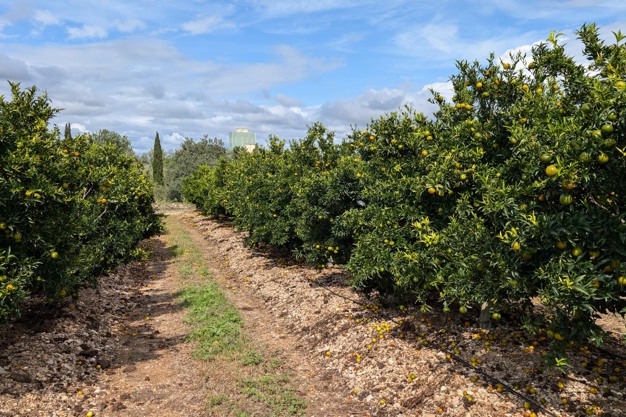
Orogros
"I think we'll start around the same time as last year," John continues. "We only harvest clementines with leaves, which means we can't use ripening techniques. As a result, we always start a bit later and don't work with the early varieties. The market isn't really ready for them anyway. There's still a lot of supply from South Africa, making it difficult to compete at the beginning. Our customers prefer to stick with South African citrus for a bit longer before switching to Spanish produce. By the time we're ready with our Orogros and Oronules, we notice that the demand is there, and the market has more room."
The company will then transition to Clemenules at the end of November. "It's still too early to say much about them, as they're still bright green, but it looks like we may have slightly lower volumes this year as well."
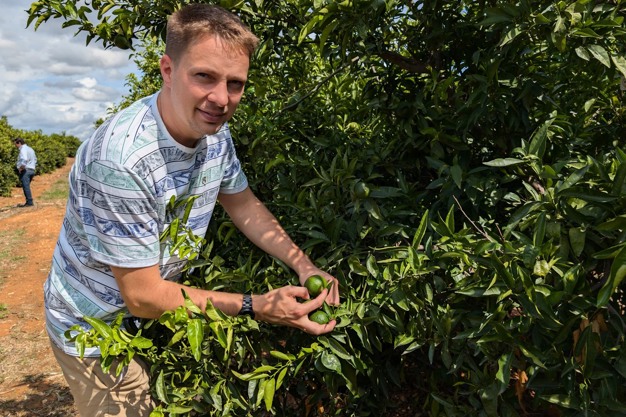
Balance between growth and productivity
Regarding the volumes of Orogros and Oronules, John notes that there isn't much exciting to report. "I'm hearing from the south, particularly in regions like Murcia, that there are significantly lower volumes. The explanation I've received is that it was very warm during the blooming period, causing some fruit to drop. The trees then shed the fruit, resulting in a lot of it falling to the ground. In contrast, we had somewhat cooler weather than we would have liked in Catalonia. We experienced temperatures around 15 degrees, while ideally, it should be between 18 and 25 degrees for the clementines to grow. Our advantage is that there are steps we can take to address this, although it requires a lot of effort."
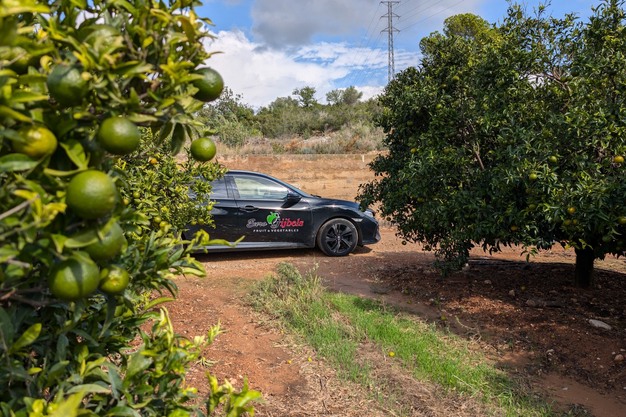
Oronules
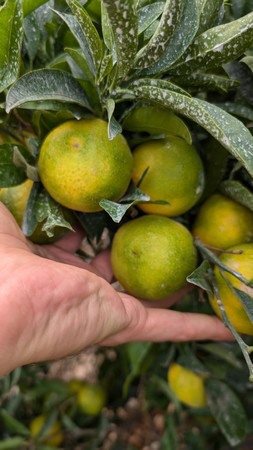 "We are fortunate to have growers who managed things well," he continues. "When it's too cold, the tree doesn't have enough sap flow to allow the clementines to grow. In that case, you need to pick the clementines manually until you find a balance between good growth and optimal productivity. Finding that balance requires a lot of experience, and we've certainly had our hands full with it, but the result is that we have beautiful volumes hanging. I believe these will find a good market."
"We are fortunate to have growers who managed things well," he continues. "When it's too cold, the tree doesn't have enough sap flow to allow the clementines to grow. In that case, you need to pick the clementines manually until you find a balance between good growth and optimal productivity. Finding that balance requires a lot of experience, and we've certainly had our hands full with it, but the result is that we have beautiful volumes hanging. I believe these will find a good market."
Photo right: Orogros
Difference night and day
John is also generally satisfied with the quality. "We have had a lot of rainfall recently, allowing them to grow well, so I think we can start picking beautiful fruit. It just remains to be seen how the coloring will be." Last year, he mentioned that it has become warm enough that early clementines sometimes remain a bit greener. "People always expect an orange clementine, but due to relatively stable temperatures, citrus doesn't always color properly. However, we are now entering a period where the temperature difference between day and night needs to be significant to give color to the citrus. You can see that the coloring is gradually starting to develop, but the coming weeks will be crucial for that."
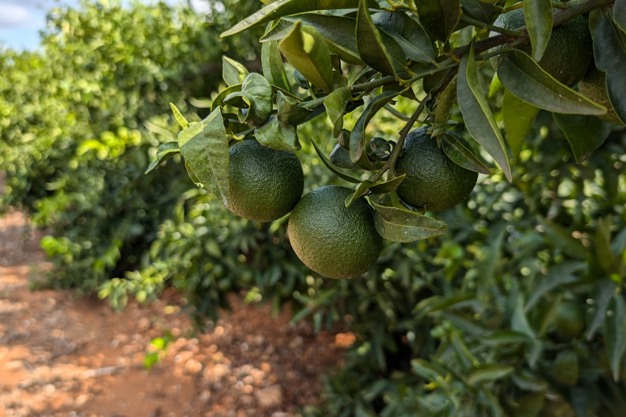
Clemenules
Spanish vegetables
The winter period traditionally marks the arrival of Spanish vegetables at Euro Gijbels' Catalonian farm. "We grow parsley, cauliflower, and celery, and everything seems to be progressing well at the moment. However, we are experiencing some challenges with planting the parsley we are currently working on due to the rainfall over the past three weeks. We'll have to see how that turns out. We expect to be able to start harvesting the vegetables again in November."
For more information:
John Gijbels
Euro Gijbels
Cami de les Arenes s/n
43300 Mont-roig del Camp
Tarragona - Spain
[email protected]
www.eurogijbels.be
